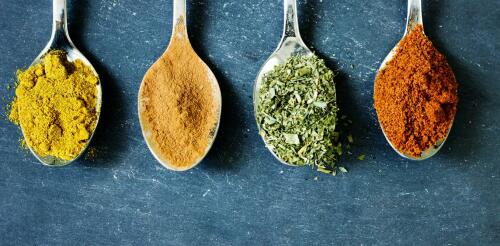Inflammation
The U.S. Environmental Protection Agency has announced a new standard for protecting the public from fine particulate air pollution, known as PM2.5 because the particles are smaller than 2.5 millionths of a meter. These minute particles can penetrate deeply into the body and have been linked to many serious illnesses. The new rule sets an annual limit of 9 micrograms per cubic meter of air, down from the previous level of 12 micrograms. States will be required to meet this standard and to take it into consideration when they evaluate applications for permits for new stationary air pollution sources, such as electric power plants, factories and oil refineries. Under the Clean Air Act, the EPA is required to set air pollution standards at levels that protect public health. In the four articles that follow, scholars wrote about the many ways in which exposure to PM2.5 contributes to cardiovascular disease, lung cancer, other illnesses such as dementia, and premature deaths. 1. An...
Curious Kids is a series for children of all ages. If you have a question you’d like an expert to answer, send it to curiouskidsus@theconversation.com. How do spices get their flavor? – Liam, age 6, San Francisco I love savory and spicy foods. Lasagna laden with basil and oregano. Beautifully golden curries infused with turmeric, or rice flavored with saffron. I can’t pass up a cinnamon-dusted snickerdoodle cookie. And some of my favorite childhood memories center on my mom’s nutmeg-infused sweet potato pie. These ingredients come from many different plants and distinct plant parts, including leaves, seeds, bark and plant oils. Their flavors are created by accumulated phytochemicals – substances the plants make. “Phyto” comes from the Latin word for plant. Plants produce chemicals for different purposes. In my recent book, “Lessons from Plants...

